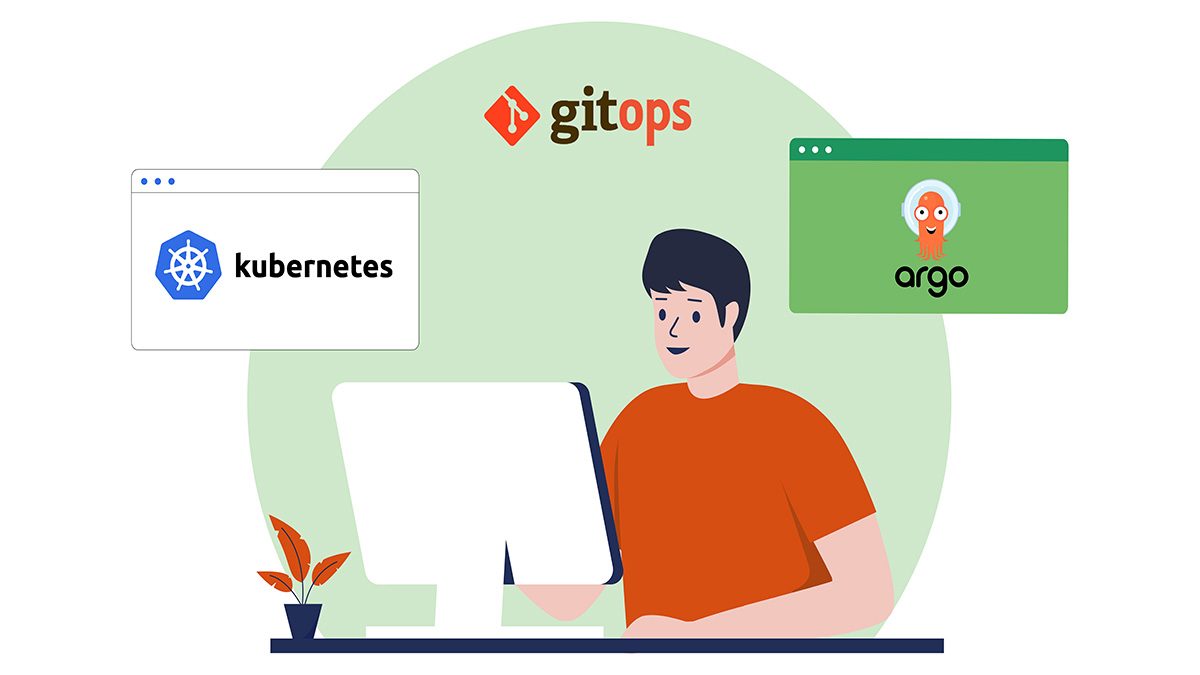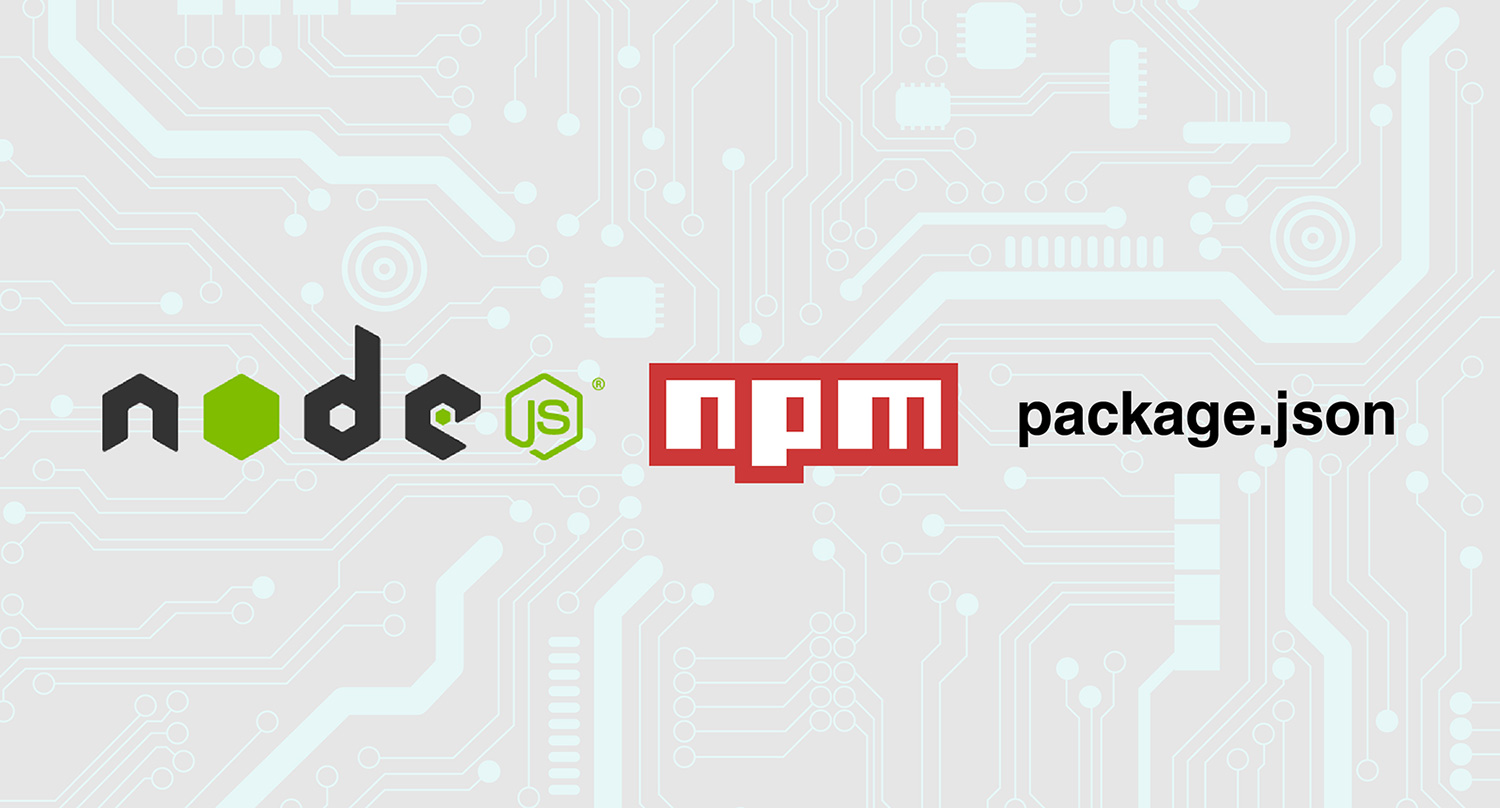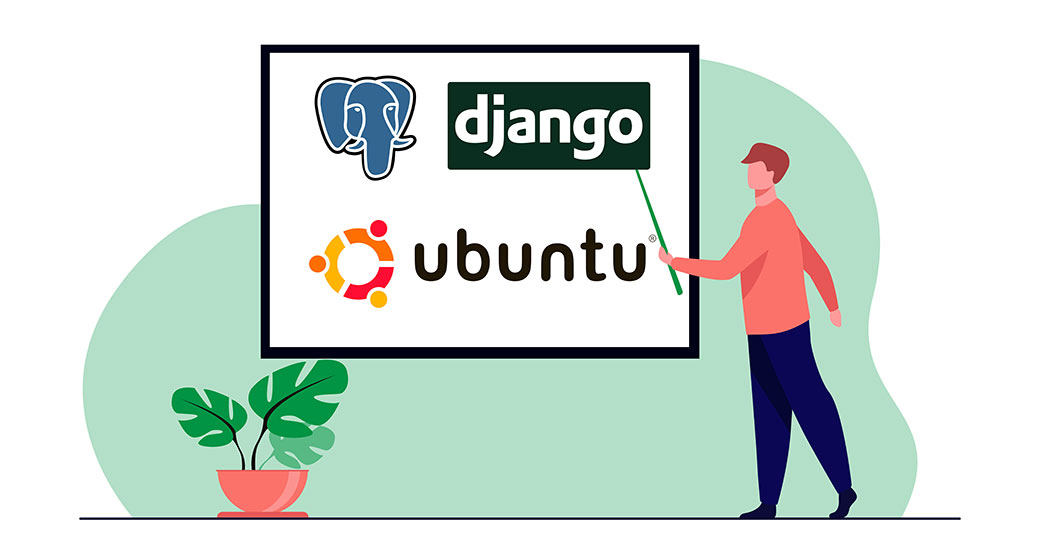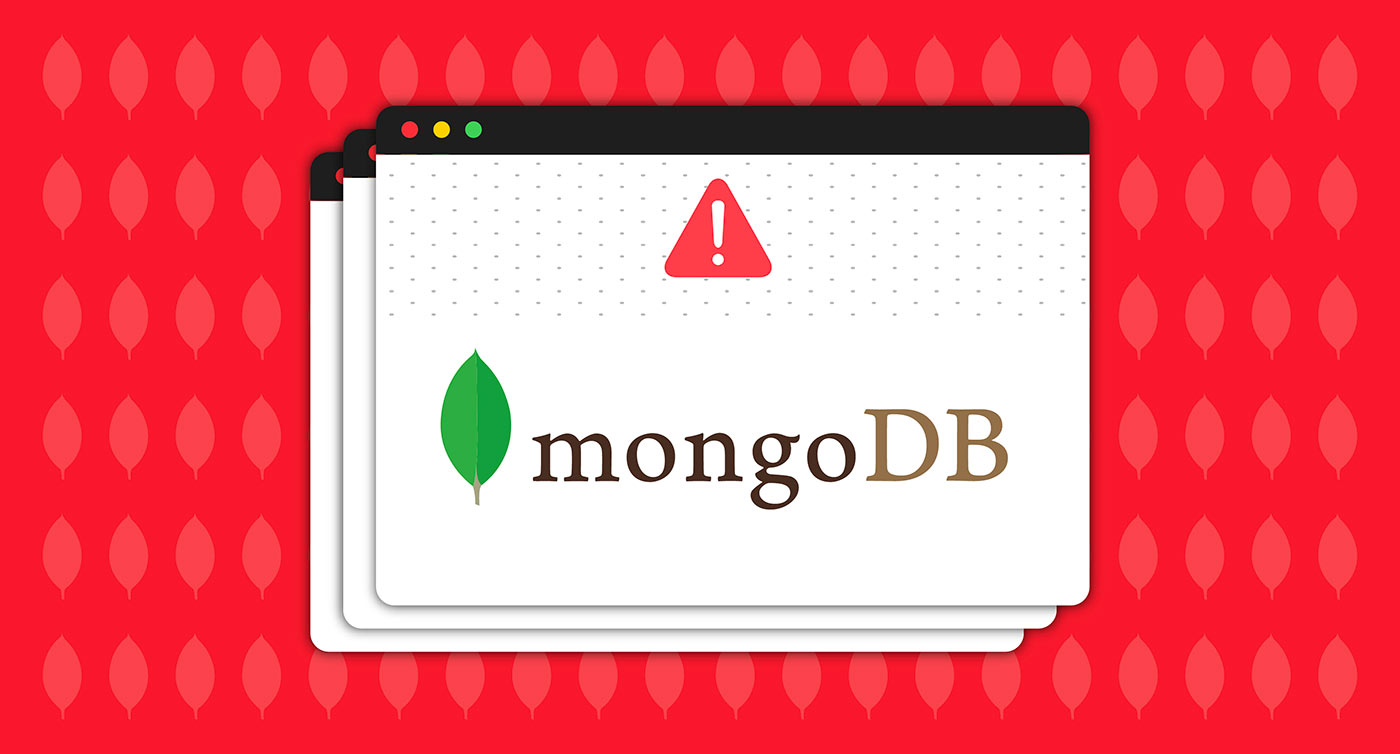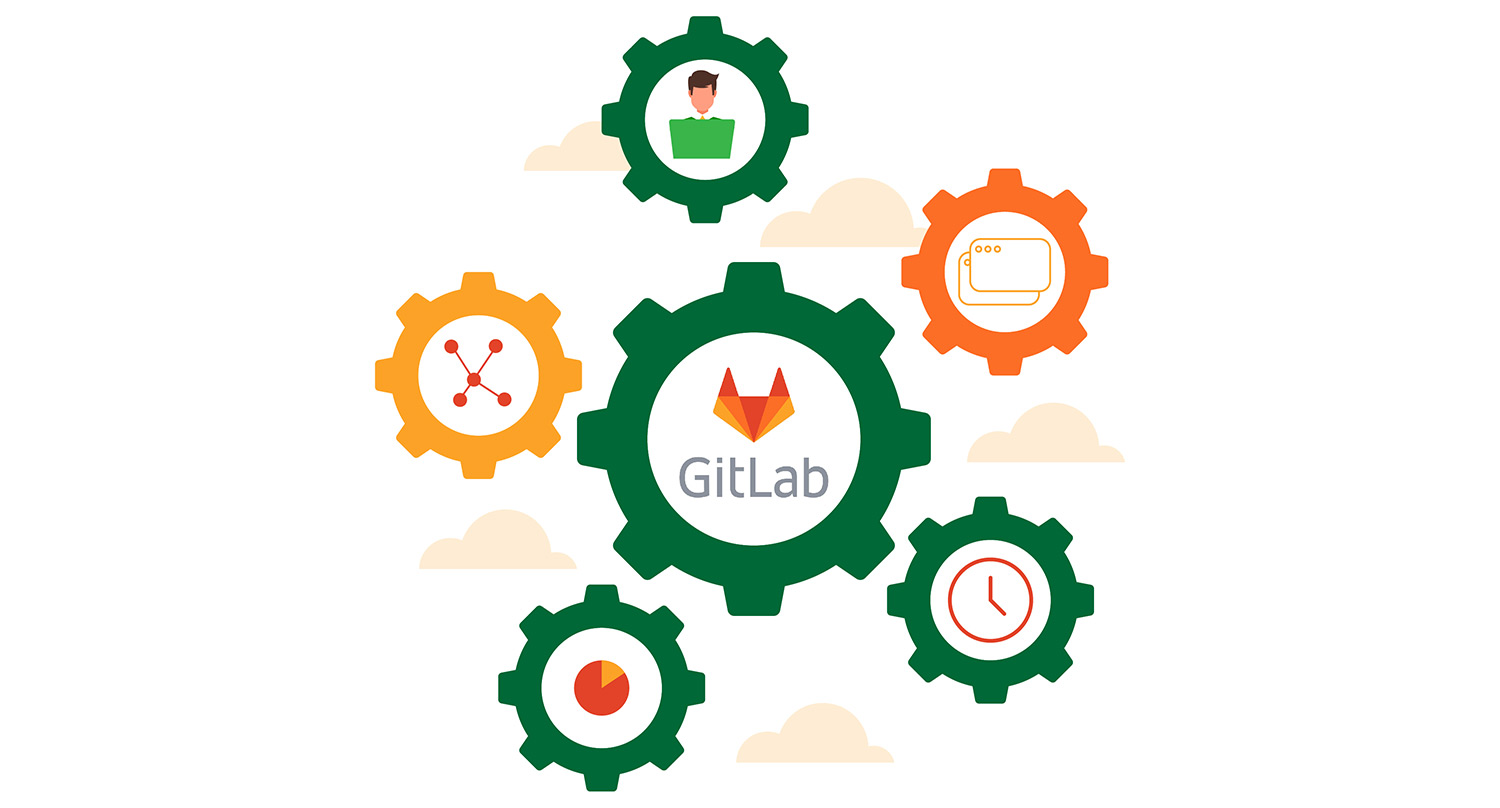Introduction Kubernetes has become a standard for deploying large applications. It helps developers gain significant advantages and offers features that are not available in traditional server hosting. Kubernetes allows horizontal scaling without the hassle of infrastructure. Furthermore, it reduces the cost of acquiring and maintaining the infrastructure as the application grows. However, managing applications on Kubernetes can also be complex …
Introduction to Cookies: Understanding and Working with JavaScript Cookies
Browser cookies, or HTTP cookies, are text files made up of tiny bits of data. Websites use this information to track a user’s journey, allowing them to offer tailored-fit features and improve their browsing experience. Cookies can store up to 4096 bytes of data. However, we can add a limited number of cookies per domain, depending on the browser. A …
An Overview of Data Types in Ruby
Ruby is a well-known programming language. It aims to improve simplicity and productivity. It’s also a fully object-oriented programming language. In addition, Ruby comes with an elegant syntax that’s natural to read and easy to write. Any programming requires managing various data types. A data type describes a specific class of data. It tells the machine how it should handle …
Using Node.js Modules with npm and package.json: A Tutorial
Node.js is an open-source cross-platform Javascript runtime environment. For the last few years, it has become a popular choice for back-end web development due to its fast Input/Output (I/O) performance and unbeatable JavaScript syntax. Also, its adaptive nature allows quick customization, making this server technology stand out from its competitors. Node.js Package Manager — An Overview Node.js Package Manager or …
Working with Strings in Ruby
Ruby is an interpreted, dynamic, reflective, object-oriented programming language. Developed by Yukihiro Matsumoto, Ruby focuses on simplicity and productivity. The elegant syntax allows developers to read and write code easier. In this guide, we will be working with strings in Ruby. Prerequisites To perform the steps demonstrated in this tutorial, you need the following components: A properly-configured Ubuntu system. Learn …
Using Ansible to Install and Configure WordPress with LAMP on Ubuntu
Introduction There are always times when we need to have new servers configured. This could be to distribute the workload or if we simply need more servers. When setting up new servers, users need to utilize server automation to configure them. This is done in order to minimize manual intervention. Ansible is one of the configuration management tools that can …
Using PostgreSQL with Django on Ubuntu 21.04 Server
Django is a well-known web framework that streamlines the process of creating robust, scalable, secure, and high-performance web apps. It’s an open-source project written in Python. You can check out more detailed information on Django here. Any web app requires a database as the backend to manage data. Django supports various database engines as the backend, for example, MySQL, PostgreSQL, …
Key Aspects of Protecting your Data in the Cloud
While new technologies are designed to counter cyber threats, attackers are constantly evolving and coming up with new ways to exploit potential system vulnerabilities. Therefore, it is crucial for businesses that keep their data in the cloud to build robust and effective security measures that make sure their systems are protected at all times. A sound security plan requires considerable …
How to Configure MongoDB Replication and Automated Failover
A replica set is defined as a database cluster of multiple nodes with replication and automated failover configured between them. To make sure the PRIMARY database is elected correctly, it is important to have an odd number of members in the set (including or excluding the Arbiter node). The selected database is responsible for all the major tasks. It processes …
Using GitLab for Managing Projects
Introduction GitLab offers a very convenient way to work with remote repositories on centralized servers. Anyone coming from GitHub or any other tool might consider that there are many other tools offering this service. However, use cases differ from team to team. GitLab’s main advantage is that you get complete control over your repositories and setting permissions. In this tutorial, …
Writing Packages in Go
In Go programming, packages are one of the most powerful features. Packages help maintain a large number of programs by grouping them together into single units. This makes code maintenance much easier. This modular approach also allows better code sharing and reuse. In this guide, we will learn about writing our own Go packages and implementing them in our projects. …
Managing HTTP Requests and Error Handling with Angular Interceptors
If you have been developing an application using AngularJS, you are probably aware of HTTP interceptors. However, these HTTP interceptors were not available in Angular until version 4.3. In this tutorial, we will be using interceptors in Angular to handle HTTP requests and responses, and process errors. Prerequisites Angular applications use Node.js runtime. To complete this tutorial, you will need …



